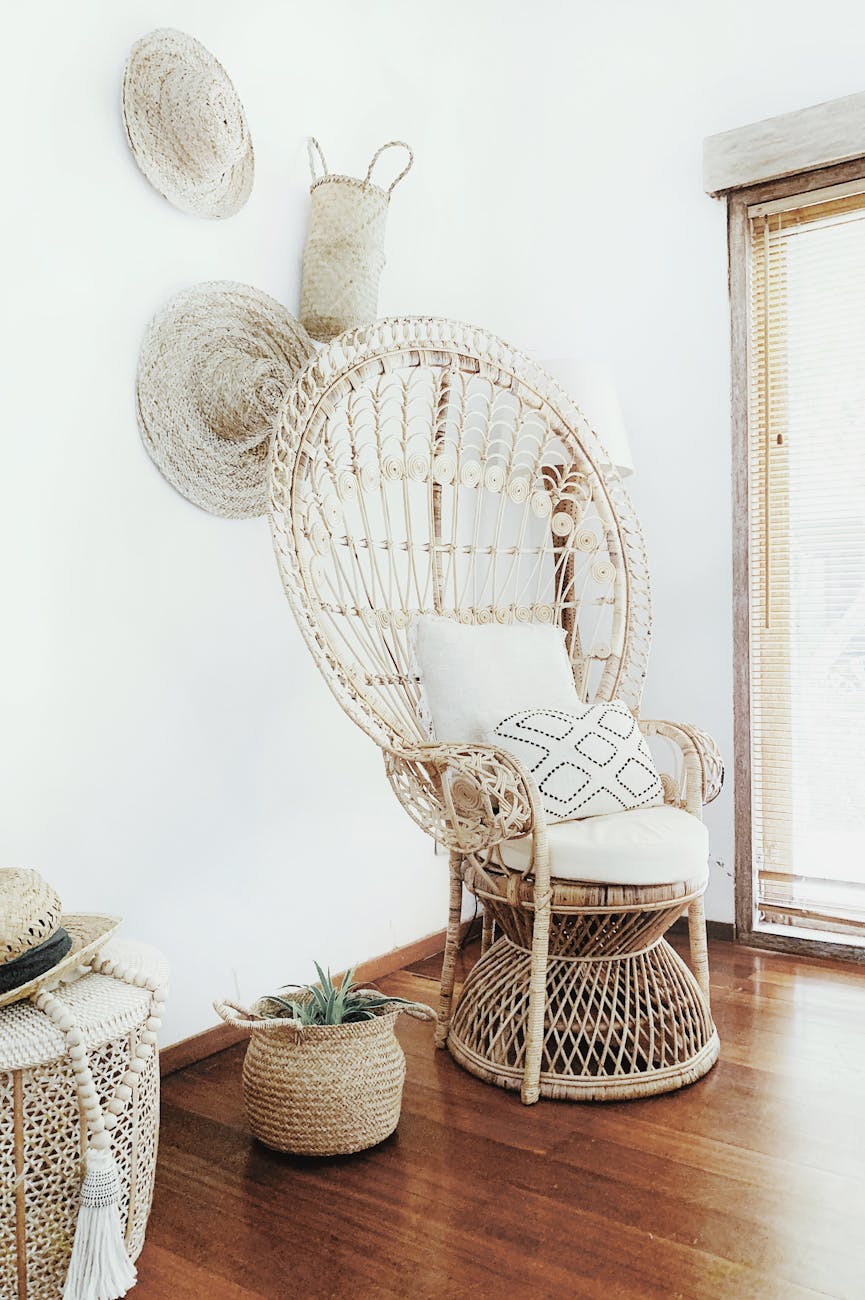Why Your Living Room Feels “Off” (And How Lighting Can Fix It)
Have you ever walked into your living room and felt like something just wasn’t right, but you couldn’t quite put your finger on it? Perhaps it feels too cramped, too dull, or not quite as inviting as you’d like. More often than not, the root of these problems lies in one of the most overlooked elements of interior design: lighting. In this article, we delve into why your living room might feel “off” and how strategic lighting choices can restore harmony to this critical space in your home.
Identifying the Problem
Before diving into solutions, it’s crucial to define what feels wrong about your living room. Is it too dark? Or maybe it feels too monochromatic? Answering these questions can help you pinpoint the exact issues that need addressing.
- Too Dim: A room that lacks adequate lighting can feel small and unwelcoming.
- Too Bright: Over-illumination can wash out colors and make the room feel sterile.
- Poor Color Temperature: Mismatched light temperatures (warm vs. cool) can create an uncomfortable or unbalanced atmosphere.
The Role of Natural Light
Natural light is a powerful tool in any designer’s arsenal. Not only does it help regulate the body’s circadian rhythms, but it can also significantly influence the mood and functionality of your living room.
- Evaluate Window Coverings: Heavy drapes or thick blinds can block precious sunlight. Consider sheer curtains to allow more light to filter in.
- Mirror Placement: Strategically placed mirrors can reflect sunlight around the room, enhancing natural light availability.
Artificial Lighting Solutions
While maximizing natural light is ideal, artificial lighting plays a critical role in ensuring your living room is both functional and appealing at any time of day.
- Layered Lighting Approach: Implement a mix of ambient, task, and accent lighting to create a versatile lighting scheme.
- Dimmer Switches: These are great to control the level of light and can instantly change the mood of the room.
- Color Temperature: Choose bulbs with an appropriate color temperature (measured in Kelvins). 2700K to 3000K is generally suitable for living spaces, offering a warm and inviting atmosphere.
Accent Lighting for Ambiance and Style
Accent lighting serves not only to highlight particular areas but also to add depth and character to your living room. Here’s how you can use it effectively:
- Spotlights and Track Lighting: These are excellent for highlighting artwork, architectural features, or bookshelves.
- Table and Floor Lamps: Add style and personality while serving practical needs. Place them near seating areas to provide reading light.
Common Pitfalls to Avoid
While setting up your living room lighting, keeping an eye on common pitfalls can save you time and effort in the future:
- Over-reliance on One Lighting Source: A single overhead light is rarely sufficient for a room. A combination of lighting sources is crucial.
- Ignoring Light Placement: Positioning lights too high or too low can affect their functionality and overall room comfort.
Conclusion
Feeling at ease in your living room should be a given, not a luxury. By understanding the role of lighting in interior design, you can transform an “off” living space into one that is balanced, inviting, and perfectly suited to your needs. Start by evaluating your current situation and implementing some of these strategies to see just how much of a difference the right lighting can make.





